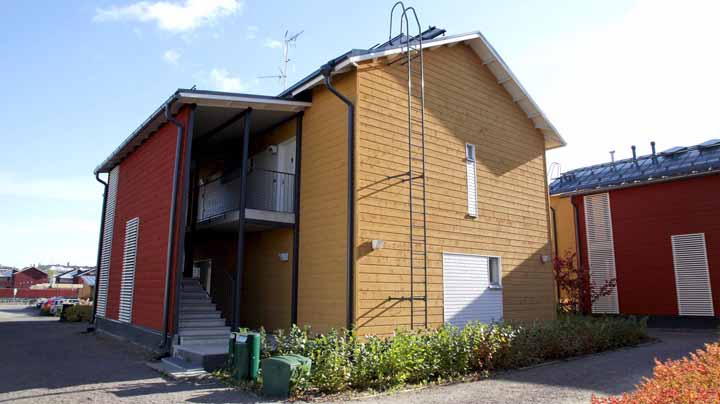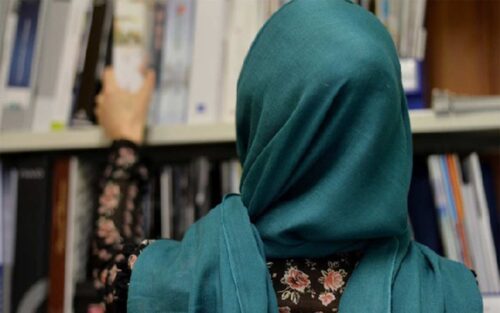With the ‘Housing First’ approach, the number of homeless people in Finland has fallen drastically in just eight years since its implementation — managing to reduce homelessness by 35 percent so far. The country adopted and built upon the principles first established in Los Angeles in 1988, primarily that having a home makes resolving other problems easier.
In Finland, those affected by homelessness are provided an efficiency apartment and assisted with counselling – no preconditions.
Thus, 4 out of 5 people affected make their way back into a stable life. Also: all this is undoubtedly much more humane and conscientious than accepting and overlooking homelessness.
The only country in Europe with declining number of the homeless is Finland. The progress is remarkable – in 2008, tent villages and huts standing between trees could be seen in the parks of Helsinki.
Makeshift homes were built in the middle of Finland’s capital city, exposed to harsh winter conditions.
For numerous countries globally, it has been a long ongoing problem; since the 1980s, Finnish governments had been attempting to reduce homelessness.
Short-term shelters were built; but even then, long-term homeless people were still being left out. Emergency shelters were too few and many affected couldn’t manage to get out of homelessness: They couldn’t find jobs-without a housing address. And without any job, they couldn’t find a flat. It was a vicious, troubling cycle.
Furthermore, they had problems applying for social benefits and programs. All in all, bound and burdened, homeless people found themselves trapped.
It was the dawn of a new beginning and outlook: in 2008, the Finnish government introduced a forward-thinking policy for the homeless: It started implementing the “Housing First” concept.
Since the start of this forward-thinking movement, the number of people affected has fallen sharply.
Finland is lighting the way by declaring their moral value: Nobody should have to live on the streets –every citizen should have a residence.
It is NGOs such as the “Y-Foundation” that provide housing for people in need. They take care of the construction themselves, buy flats on the private housing market and renovate existing flats.
The apartments have one to two rooms. In addition to that, former emergency shelters have been converted into apartments in order to offer long-term housing.
Homeless people turn into tenants with a tenancy agreement. They also have to pay rent and operating costs. Social workers, who have offices in the residential buildings, help with financial issues such as applications for social benefits.
Juha Kaakinen is head of the Y-Foundation. The NGO receives discounted loans from the state to buy housing. Additionally, social workers caring for the homeless and future tenants are paid by the state.
The Finnish lottery, on the other hand, supports the NGO when it buys apartments on the private housing market. The Y-Foundation also receives regular loans from banks. The NGO later uses the rental income to repay the loans.
The results are clearly indisputable and impressive: 4 of 5 homeless people will be able to keep their flat for a long time with “Housing First”and lead a more stable life.
In the last 10 years, the “Housing First” program provided 4,600 homes in Finland. In 2017 there were still about 1,900 people living on the streets—but the emergency shelters were no longer overflowing, so there were enough places for them at least to not sleep outside anymore.











